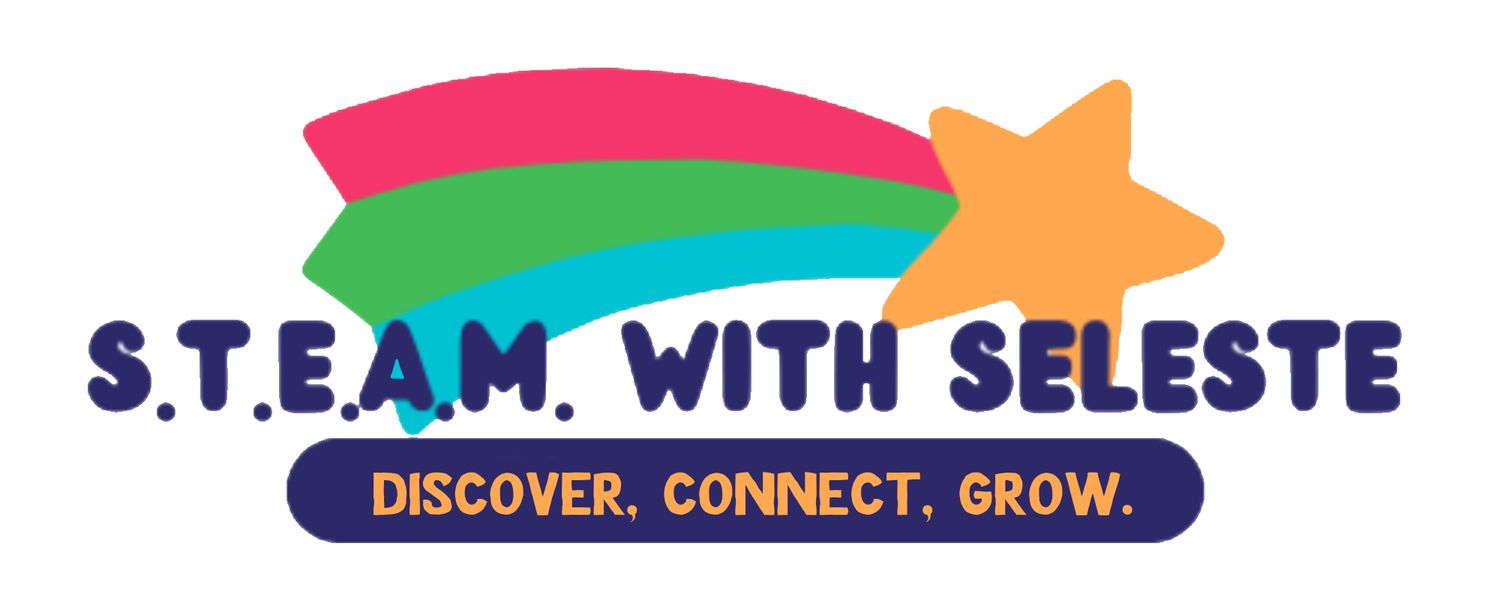Teaching Kids to Handle Conflict Without a Teacher
Conflict is part of daily life in a preschool classroom. From “I don’t want to share my toy” to “You called me names,” these moments are developmentally typical. As teachers, we guide children in socially acceptable behaviors, along with ABCs, 123s, and early academic skills. But one crucial skill often gets overlooked: helping children handle conflict independently, without always relying on an adult.
In a classroom with 14–20 children, it’s impossible for a teacher to intervene in every dispute. And in many cases, the root of challenging behavior may come from outside the classroom—sometimes from difficult or abusive home situations. Children who have experienced verbal, emotional, or physical trauma often act out because that’s what they’ve internalized. They haven’t learned alternative ways to communicate, regulate, or resolve conflict.
This is where Conscious Discipline, a brain-based model for emotional regulation and social-emotional learning, becomes essential. Instead of reacting to every outburst, we teach children what to do when someone upsets them and how to respond safely.
Empowering the Victim First
A key strategy is to approach the child who was hurt first, rather than immediately addressing the aggressor. This builds empathy—not only for the victim, who feels seen and supported, but also for the child who caused harm. Witnessing how their actions affect others and seeing care offered to the victim helps the aggressor understand consequences and encourages self-regulation.
For example, if a child uses unkind words, I might ask the peer who was hurt: “Did you like those words?”. This helps the child understand what being mistreated feels like, so they know the difference between helpful and hurtful.
Then, I’ll prompt the child to tell the aggressor “I didn’t like that, please use kind words”. This keeps both of the children in their rational state, and both children remain engaged in the classroom and connected to each other and the teacher. The aggressor does not become afraid of the teacher, instead they are offered compassion and understanding, which sets the expectation of how we treat each other. We can’t get mad at a kid for yelling at someone if we are yelling at them to not yell. They won’t take it seriously, and it just makes them feel bad.
Peer Accountability
When children keep each other accountable, the classroom becomes a self-regulating community. Peer reminders are powerful—often more effective than adult intervention, especially for children who struggle to trust adults due to past trauma. Children learn that kind, safe behavior is socially expected and rewarded by their peers, not just mandated by a teacher.
This approach fosters a sense of responsibility and cooperation. Children begin to correct each other in gentle ways, de-escalating situations before they turn into crises. Even children who struggle with trauma gradually adopt these behaviors because they want to belong and feel safe within the group.
Why It Works
Traditional approaches—removing a child, yelling, or punishing—often backfire. Kids may hide misbehavior when adults aren’t looking or shut down emotionally. Peer-led accountability, on the other hand, empowers children to navigate conflict independently, maintain classroom safety, and build empathy. They learn that it feels better to behave well, because rational, cooperative behavior improves their experience of the classroom.
In short, teaching children to handle conflict without a teacher gives them tools for life. It helps them:
Speak up for themselves safely
Empathize with others
Take responsibility for their actions
Build social competence
Feel confident in their ability to resolve problems
By creating a classroom culture where children support each other, we’re not just managing behavior—we’re fostering autonomy, emotional intelligence, and resilience that will carry far beyond preschool walls.
